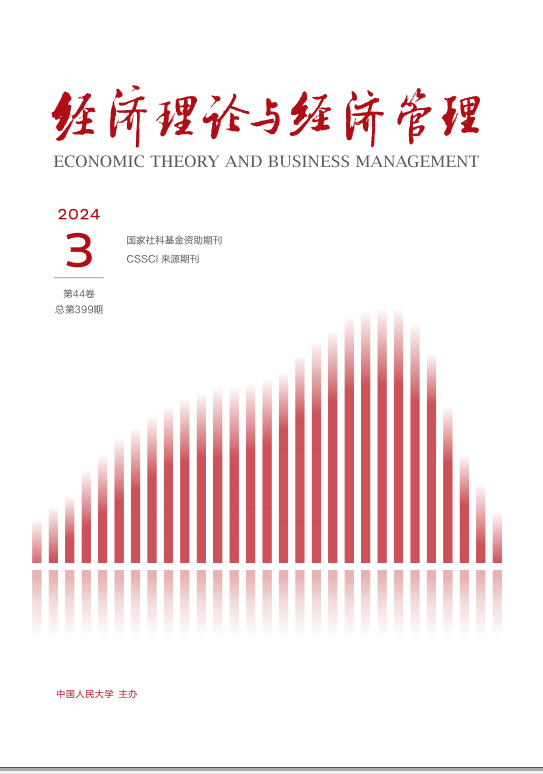This paper studies the relationship between the banking competition degree and SMEs relationship lending, as well as the influence of the market size structure to this kind of relationship. Information hypothesis holds that since asymmetric information and agency problems, monopoly power increases bank internality relationship lending, so there was a negative correlation between relationship lending and the degree of competition. However, more and more studies have challenged the information hypothesis. Based on the mathematical derivation, we use 352 SMEs unbalanced panel data of the county areas of Jiangsu province in the year 2011-2015 for empirical analysis. The results show that: the market size structure is an important factor in determining the relationship between competition and relationship lending, when large banks dominate the credit market,the bank competition on relationship lending is negative; when small and mediumsized banks dominate the credit market, competition is conducive to relationship lending. On this basis, we put forward the corresponding policy recommendations.





